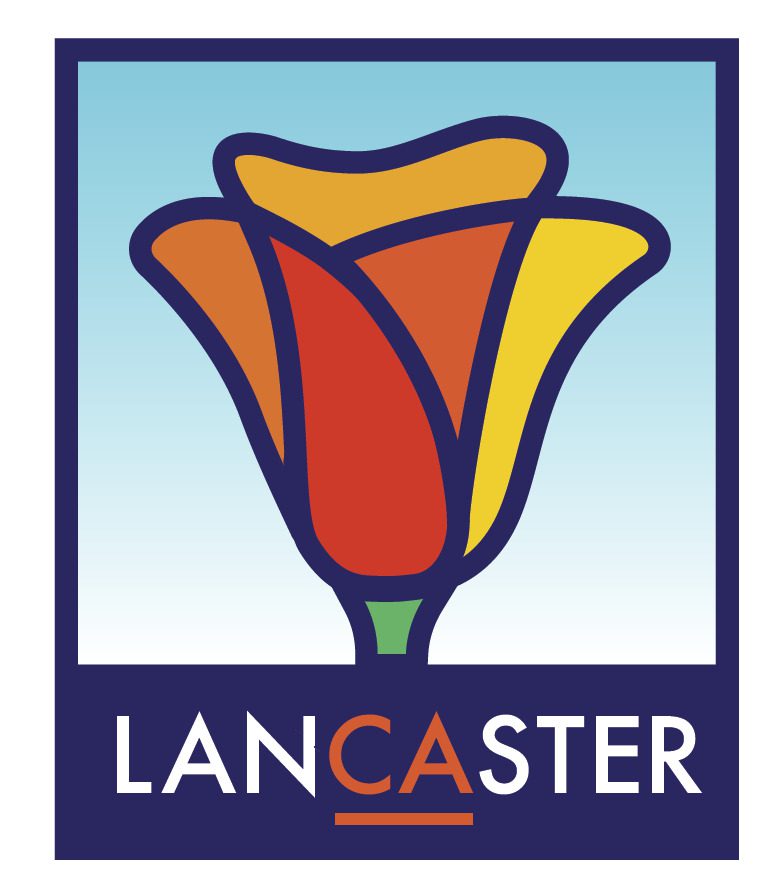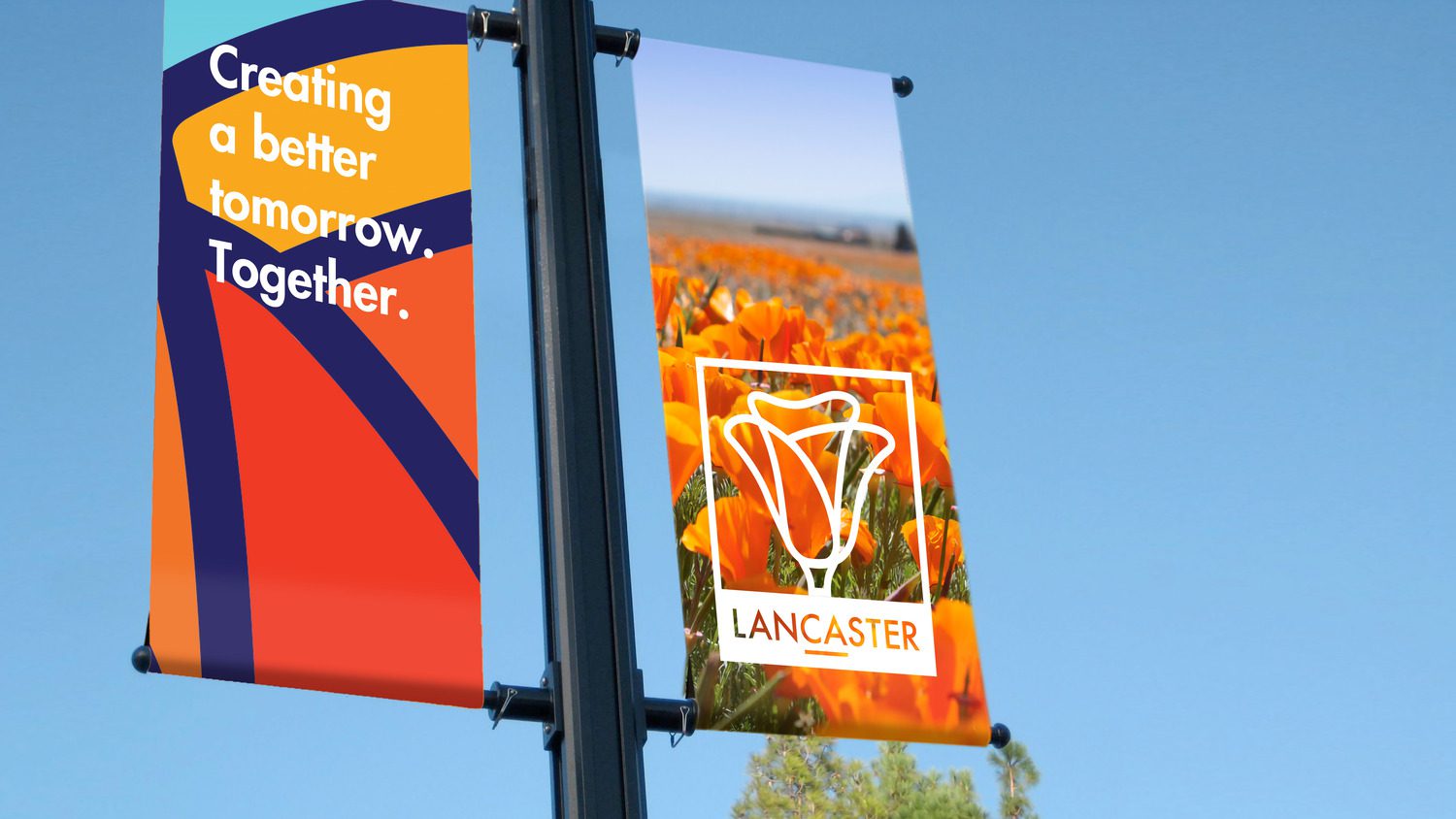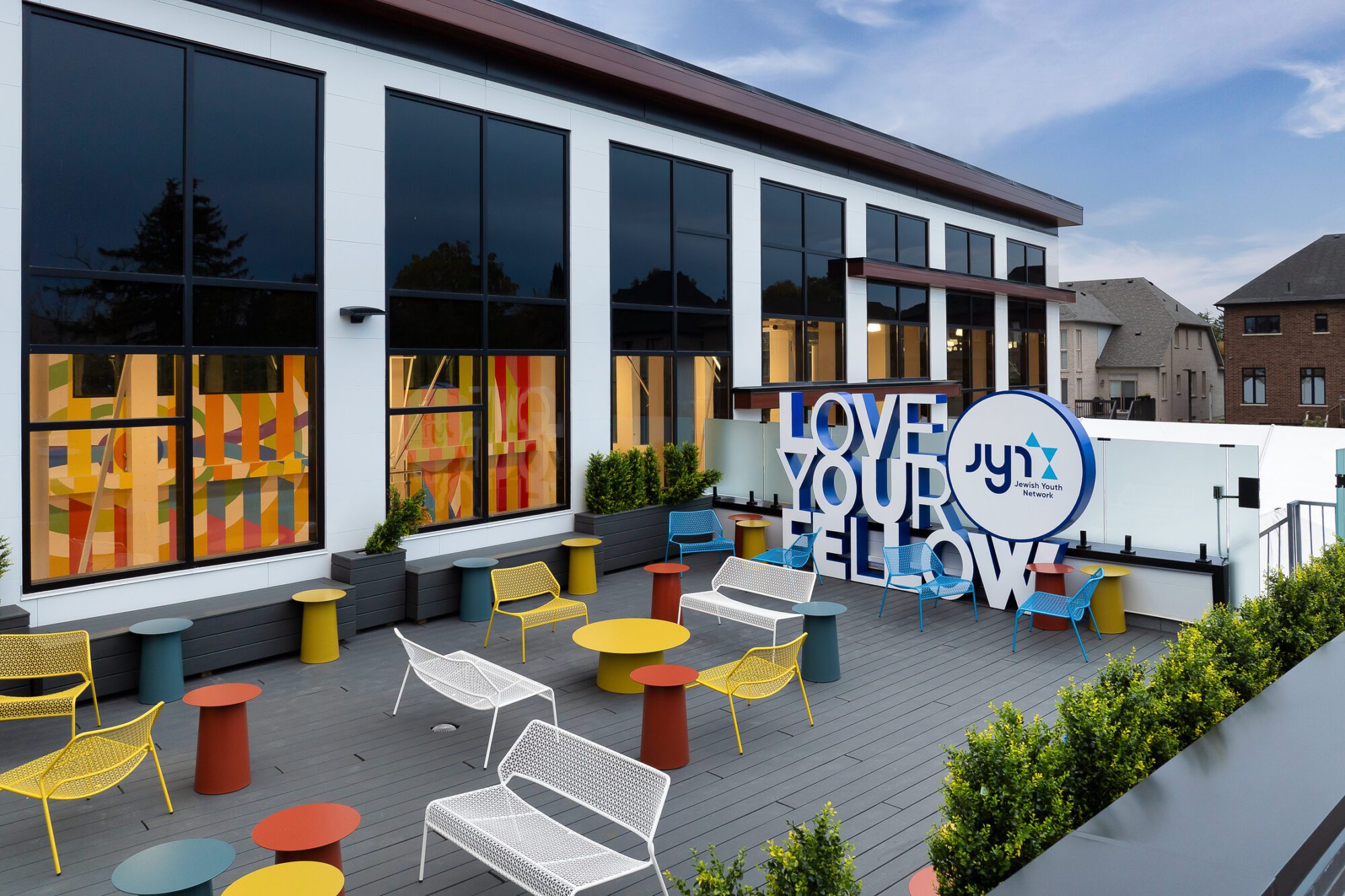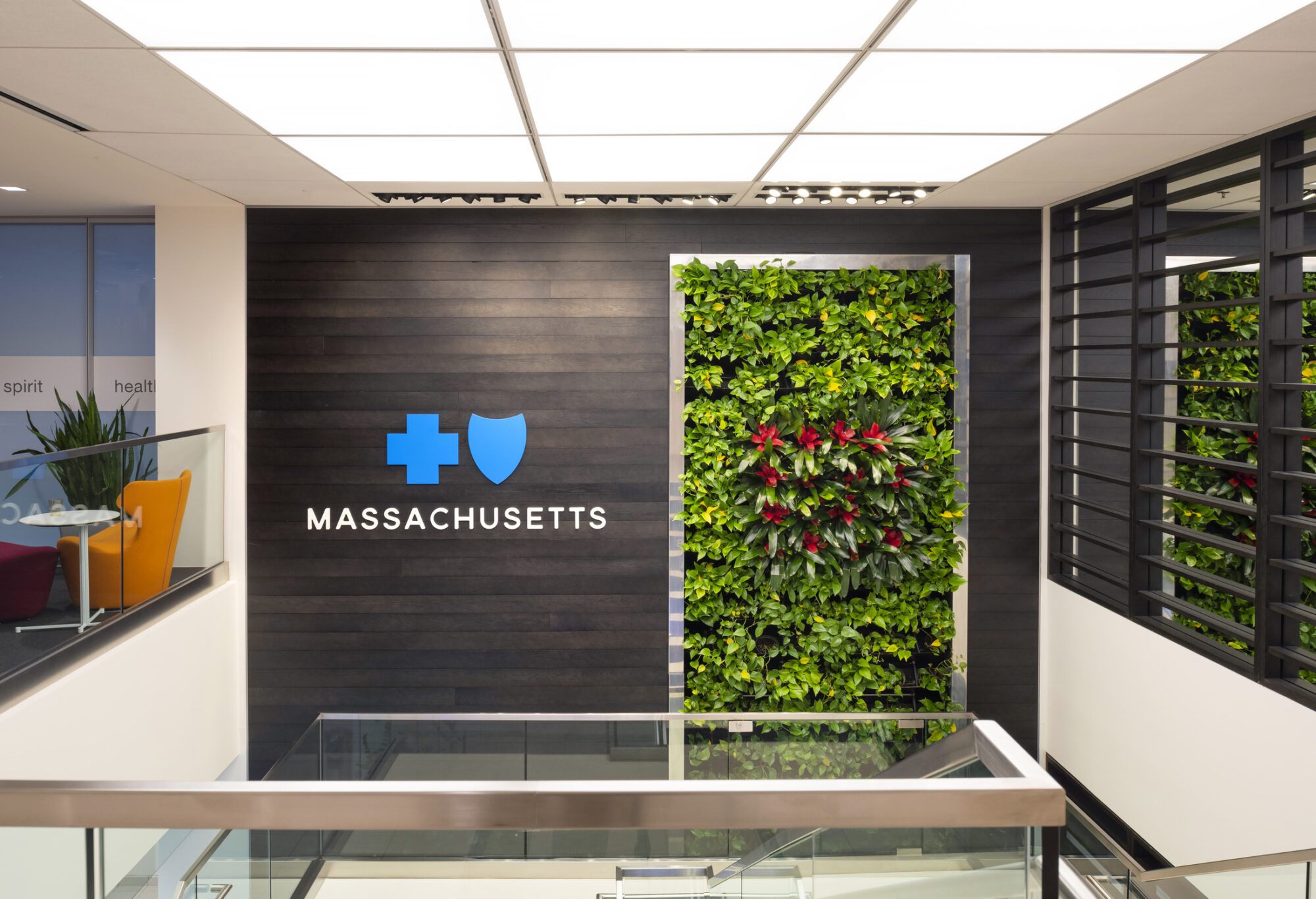One of the common challenges faced by cities and other municipalities is in attracting and growing their community. A thriving experience for residents and businesses alike is the cornerstone for sustainable growth and long-term viability of a city.

One of the biggest hindrances in tackling this challenge is the public’s misperception of the city. Their reputation. Through the various media streams, and stories from friends and family, the public gets a diluted and distorted story of that town. And if left to sensationalized headlines, urban gossip, and myths, the public perception can very easily turn grim, and play a large role in residents and businesses choosing not to move to your city.
This was the challenge the City of Lancaster, California faced for decades. Although most of its residents absolutely love living there, if you were to tell someone outside of the community that you were going to Lancaster, they most likely would respond with; “why in the world would you want to” or simply, “I’m sorry”. The public perception of Lancaster was bleak.
Bottom line: They had a terrible public image and a decaying infrastructure.
To rise to this challenge, The City of Lancaster’s Mayor, R. Rex Parris, and his highly talented and dedicated team is not only working to change these misperceptions, they are positioning themselves as one of the most innovative communities in America, leading the future through science, technology, art, culture, and collaboration … creating a model for cities across the nation.
And while many cities and their elected officials talk about doing these things … the mayor and his team are actually DOING it. They are making massive progress in becoming the first zero-energy city in America.
Firstly, they are installing massive solar fields to power the city, so that residents and businesses can access the city’s solar power grid, freeing them from reliance upon other electrical utilities for their power as well as being a source of clean energy.
Secondly, they made all the buses of the city electric buses—transforming the entire fleet of city vehicles into electric buses.
Thirdly, they are installing a hydrogen system to power vehicles, aiming to be the first hydrogen-powered city.
Solar-powered. Wind-powered. Hydrogen-powered. Lancaster is essentially becoming the first totally alternative energy city in America!
Another really big challenge for them was in an over abundance of homeless people. Apparently, other cities put their homeless people onto the Metrolink system, sending them to Lancaster, the last stop on the rail, in the hope that they stay there. Which, along with being a tragedy, was a big part of the city’s negative perception issue. The city leaders decided; “Well, okay, if you’re going to send them all up here, we are going to house them. We are going to build housing for them.” So they are doing that, positioning Lancaster, CA as one of the most innovative communities in America leading the future through science, technology, art, culture, and collaboration.
Yet all of this innovation would be for naught unless the reputation of the city, the public perception changed for the better.
That is why the the mayor and his team engaged the services of Selbert Perkins Design to rebrand the City of Lancaster; to tell the real story of its beautiful and storied past, its wonderful present day and vision for the future.
The first step to rebranding is in gathering data. Research! Not merely relying on the varied beliefs of the mayor and his team, in order for the data to be meaningful, it requires a deep dive into all facets of the community.
According to Selbert Perkins Co-Founding Partner, Clifford Selbert:
“First, our team interviewed probably 200 people in person, one by one. We interviewed kids, We interviewed students, our team did a really deep dive into the community. And by doing such an exhaustive study, we started to learn a lot about them. We met with large groups, small groups. We then we did two digital surveys.
The first one was just trying to explore the energy and perception and internal viewpoint of the city, what they thought was strong about them, what was strong about their history, their present and future, which elicited massive response.
I think, overall, we got probably about 2000 responses. It gave us a really clear picture of what’s right and wrong in the city, and we started focusing in on the strengths.”
And empowered with that data, Selbert Perkins Design was able to begin telling the real story of the City of Lancaster.
“Lancaster is a diverse community of people that is leading the future through science, technology, art, culture, and collaboration. Home to astronauts, rocket scientists, families, and innovative businesses, large and small, Lancaster’s leading the U.S.A. with innovation. Combined with spectacular landscapes and clean air, Lancaster has the competence, expertise, spirit, and imagination to transform tomorrow.”
The second result from the intensive research concerned the city’s logo. They formed a committee to help develop the logo with only one rule; “no poppies”! “We are tired of poppies!”
Through the survey though, we came to realize poppies are pretty darn important. It is one of their claims to fame, and their community is very attached to them as well as rightfully proud of them. It’s part of their identity.
Armed with that data, Selbert Perkins Design created 5 different logos, some with poppies and others without, and sent them out for public comment. A resounding 70% of the respondents chose a poppy logo.
This clearly illustrates why research is such an important part of the branding process. It provides a path that is driven by the data, instead of anecdotes and opinion.
The reason the community picked that logo is because it is Lancaster. “It’s our history. It’s our future. It’s nature. It’s everything we stand for.”
“The new logo for Lancaster celebrates the legendary poppy. It provides a window into the great experiences of Lancaster, spectacular landscapes, arts, culture, entertainment, recreation events, and an innovative community working together to build the future today.”
Now, equipped with the real story of the city, along with a new iconic logo, together we are creating a unified branding system, creating a foundational and vibrant environment, bringing the community together and promoting the best of the city to attract tourism, businesses and residents.
Selbert Perkins Design is proud to be assisting Mayor, R. Rex Parris and his team in bringing their vision of a model city to fruition.




